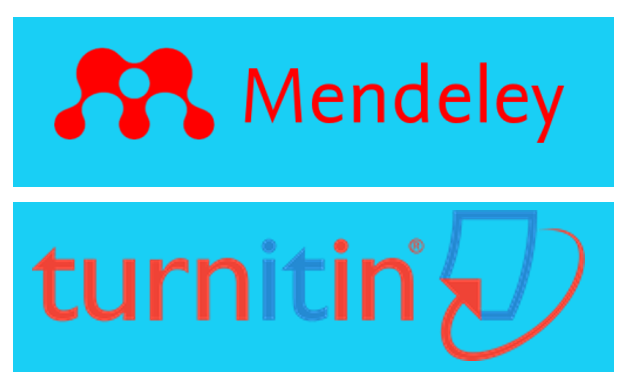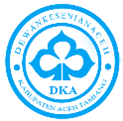Author Guidelines
All manuscripts must be submitted to the Humanities & Language (Humaniola) Editorial Office via Online Submission at https://amedialiterasi.com/index.php/humaniola/about/submissions, where the author registers as an Author and/or is offered as a Reviewer online. If the author has problems with online submissions, please contact the Editorial Office at the following email: editor@amedialiterasi.com or contact Support. Contact us via WhatsApp
Articles that must contain research results and study results that raise current and scientific ideas in the fields of Humanities, Linguistics and Education. Articles submitted for publication must be articles that have never been published in other scientific journals. Articles written in English using good and correct written language rules.
Articles submitted should follow the journal template which can be downloaded HERE
The article is written in manuscript form in MS Word with A4 page size (210 x 297 mm) with a left margin of 3 cm, a top margin of 2 cm, a right margin of 3 cm, and a bottom margin of 3. The article is written in a single-column format with a simple text layout. It is recommended to only use the writing facilities provided in MS Word (bold, italics, subtitles, superscript, equations, etc.) and not to use other facilities that are not available in MS Word (embedded graphic design, embedded symbols, embedded equations, etc.). All text sections in the manuscript are written using Calibri 12 pt font and singel spacing.
Special Instructions
The manuscript begins with the title, author's name, author's address, abstract and key words followed by the content section consisting of Introduction, Research Methods (Model Development), Results and Discussion, Conclusions, Acknowledgments, List of Notations (if any), List Libraries and Appendices (if any). The serial number and name of the figure are written at the bottom of the figure, while the table number and name of the table are written at the top of the table. Please ensure that the quality and size of the images presented are large enough to produce good print quality (one page for one image). Please do not have a frame (frame).
1. Title, Author Name, Author Address, Corresponding Author
- The title of the article is written concisely but informatively. It is advisable not to use abbreviations and formulas that are not widely known.
- The names of all authors are written under the title of the article in full but without a title. At the end of each name is given a superscript letter to identify the author's address. In addition, it is also necessary to identify the author responsible for the correspondence.
- Author addresses are written below all author names beginning with the superscript letter corresponding to each author's name.
- The correspondence email is written in below the affiliateon the page containing the name of the author. The address must contain a complete and clear postal address. It also includes e-mail, telephone and facsimile addresses.
2. Abstract and Keywords
- The abstract written in concisely (Calibri light 10 pt ), contains the aims / objectives, results and conclusions to be highlighted. The abstract length is about 150–250 words. Abstracts are recommended not to contain abbreviations or formulas that are not widely known.
- Immediately below the abstract text, write 6 (six) selected keywords that are appropriate, each separated by a comma (, ).
3. Introduction
In the introduction section, the background of the research/writing is presented, a brief review of the literature (literature) which explains the state-of-the-art research and the objectives of the research/writing.
4. Research Methods (Model Development)
In this section, the materials used in the research are presented. It is necessary to convey in sufficient detail the research methods used to ensure that the results obtained are reproducible. If the submitted manuscript is a model development, it is necessary to provide a description of the proposed model and how the model is evaluated/used.
5. Results and Discussion
In this section, the results of the research (model development) obtained systematically and constructively are presented, accompanied by a comprehensive discussion that supports the research objectives and strengthens the conclusions. Although the research results are presented in the form of tables or figures, the tables or figures in question are not inserted between the texts but are attached to the appendix. In the text, it is enough to mention the number and/or the name of the table or figure being discussed.
6. Conclusions
In this section, the main conclusions from the results obtained are briefly presented.
7. Notation
List The Notation List is written in alphabetical order. Latin letter notation (greek) is written in order before the notation of the letters of the alphabet.
8. Writing references
This journal uses APA 7th edition reference and citation format.
a. References in the text
--------------------------------------------------------------------------------------------------
To help make writing easier, we provide an article template that can be downloaded below.





